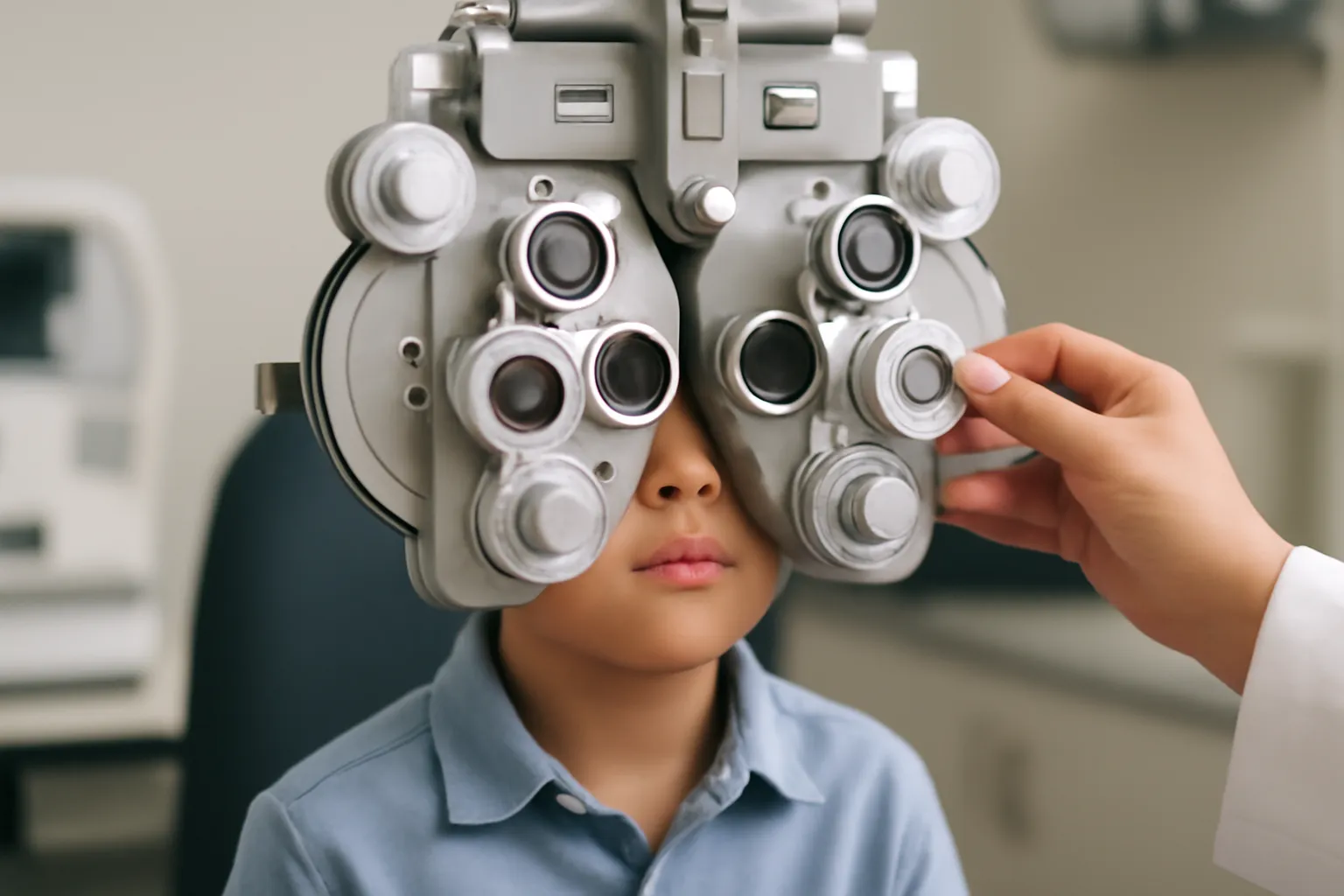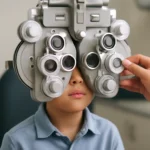Have you noticed your child’s vision decreasing? From understanding vision issues in elementary students to the role of corrective lenses and potential recovery methods, learn how to address vision problems and enhance eye health.
Understanding Elementary School Vision Minus
Children’s vision problems are becoming increasingly common, and elementary school students are not exempt. Vision minus, or myopia, is one of the most prevalent eye conditions among children, especially in younger age groups. In fact, the prevalence of myopia in children has been rising, largely due to excessive screen time and lack of outdoor activities.
When a child has myopia, they are unable to see distant objects clearly, while close-up objects remain sharp. The condition occurs when the eye grows too long, causing light to focus in front of the retina. This can lead to challenges in school, such as difficulty seeing the blackboard or focusing on distant objects during lessons or sports activities.
How Can Parents Spot Vision Minus in Children?
It’s important for parents to be vigilant about signs of vision problems in their children. Here are some symptoms that might indicate a vision issue:
-
Squinting or rubbing eyes frequently.
-
Sitting too close to the TV or holding reading materials close to the face.
-
Complaints of headaches or eye strain, especially after reading or working on a computer.
-
Difficulty seeing the board or other distant objects clearly.
If any of these signs are present, it’s a good idea to schedule an eye exam with a pediatric ophthalmologist or optometrist.
Treatment Options for Myopia in Elementary Students
The most common treatment for myopia is prescription eyeglasses or contact lenses. These correct the shape of the eye, allowing light to focus directly on the retina, which improves vision. In some cases, special lenses known as myopia control lenses are used to slow the progression of the condition. Additionally, orthokeratology, a process where children wear special contact lenses overnight to reshape the cornea, has been gaining popularity as an option to reduce myopia’s advancement.
Learn more about myopia treatments
Elementary School Student Vision Lenses: The Role of Corrective Lenses
As myopia becomes more common in children, the role of corrective lenses cannot be understated. Prescription glasses are a common and effective way to address vision issues, but the type of lenses chosen is crucial for optimal comfort and effectiveness.
Choosing the Right Lenses for Elementary School Students
There are several options to consider when choosing lenses for children:
-
Single Vision Lenses These are the most common type of lenses and are suitable for children with myopia. They correct vision at one specific distance, either near or far.
-
Bifocal or Multifocal Lenses For children with both myopia and hyperopia (farsightedness), bifocal lenses can help in managing both conditions simultaneously.
-
Anti-reflective Coatings These coatings help reduce glare from screens, making it easier for children to focus while studying or playing video games.
-
Blue Light Filter Lenses As more children spend time on digital devices, lenses with blue light protection have become increasingly popular. They help to reduce eye strain from prolonged screen exposure.
In addition to improving vision, the right lenses can also improve comfort during daily activities, whether it’s reading, playing, or simply watching TV.
How Lenses Help with Myopia Control
There are lenses designed specifically to slow the progression of myopia, such as myopia control lenses and specialized contact lenses. These lenses are designed to reshape the way light enters the eye, potentially reducing the risk of the condition worsening over time. New research indicates that certain lenses can reduce the rate of progression by up to 50%, offering children a better chance for long-term eye health.
Explore myopia control options
Vision Recovery for Elementary School Students: Can it Improve?
While myopia is a progressive condition, early intervention and proper treatment can help manage or even slow its progression. There are a few key strategies that can be employed to improve or recover a child’s vision.
Can Vision Recovery Be Achieved?
While the idea of completely “curing” myopia is not currently feasible, there are ways to improve vision and reduce the impact of the condition:
-
Outdoor Activities Studies have shown that children who spend more time outdoors are less likely to develop myopia. Natural sunlight and distance vision play an important role in eye health.
-
Regular Eye Exams Monitoring vision regularly can help catch changes early and ensure timely treatment. Regular check-ups with an eye specialist can prevent the worsening of myopia and allow for adjustments in corrective lenses.
-
Vision Therapy Some children benefit from specialized vision therapy that trains the eyes to focus and coordinate better. This can help reduce strain and improve focusing abilities.
-
Diet and Nutrition A healthy diet rich in vitamins A, C, and E, as well as omega-3 fatty acids, may support overall eye health. Some studies suggest that antioxidants play a role in maintaining vision health.
Future Advances in Vision Recovery for Children
In recent years, there has been growing interest in genetic therapies and pharmacological treatments to control myopia progression. Though these methods are still in the experimental phase, they hold promise for children who may experience significant vision changes. Additionally, advancements in digital eye care technology and AI-powered diagnostic tools could soon revolutionize the way myopia is managed, offering more personalized and effective treatments.
Stay updated on the latest in vision recovery
Conclusion
The vision of elementary school students is an essential aspect of their overall health, and addressing any concerns early can make a big difference in their learning and development. Whether it’s understanding myopia, choosing the right lenses, or finding ways to support vision recovery, parents play a crucial role in ensuring their children’s eye health. Early intervention, regular check-ups, and lifestyle adjustments can help children maintain healthy vision as they grow.
“The eye is the window to the soul,” and for our children, it’s also the window to their learning and experiences. Let’s make sure their vision remains clear, bright, and strong for years to come.






